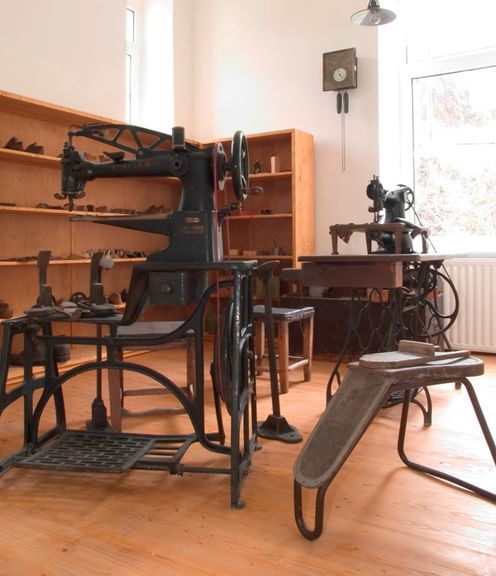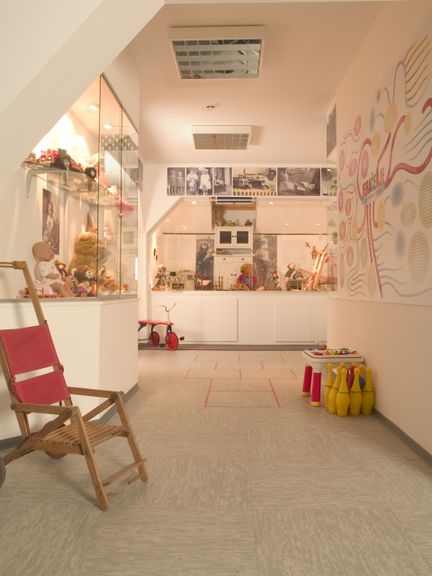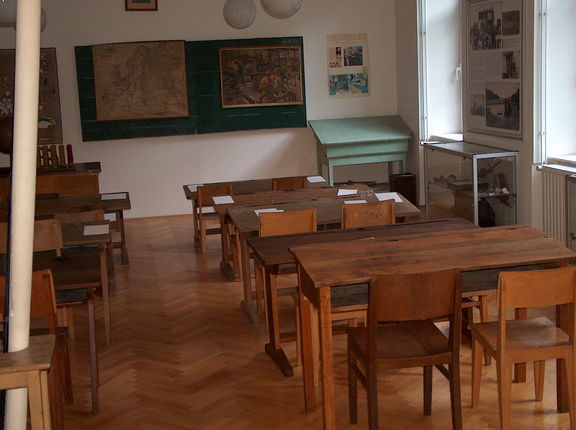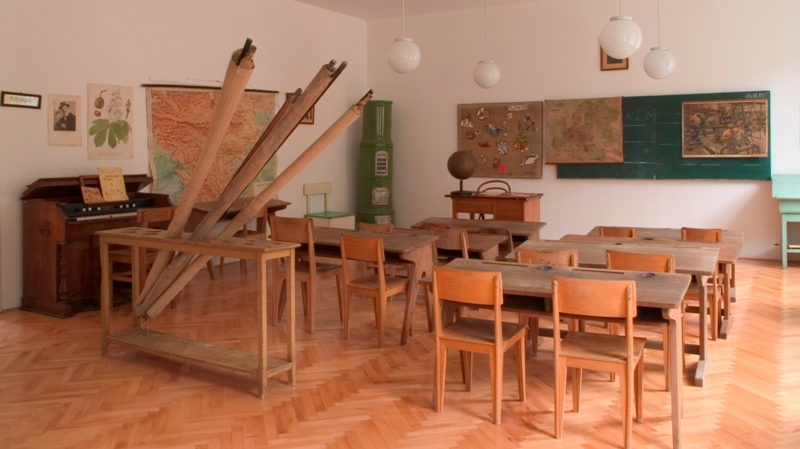 Education collection at Hrastnik Museum, signs along the way, the development of basic education in Zasavje
Education collection at Hrastnik Museum, signs along the way, the development of basic education in Zasavje
The Hrastnik Museum, established in 1977, is a branch of the Zasavje Museum of Trbovlje and is housed in a former German elementary school. The collections are since 2005 presented on three floors and in several sections, mainly concerning Hrastnik, its history, the activities of its residents, and its coal mine.
Collections
Historical collections are on display, presenting various historical aspects of the region under the themes of archaeology, farming, industry and crafts, and recent history, the latter incorporating an important World War II collection.
Education in Zasavje presents the development of education in the Municipalities of Hrastnik, Trbovlje and Zagorje. The collection is presented in a reconstructed classroom using copies of original documents and old educational requisites.
Puppets and Puppeteers Collection
The Puppets and Puppeteers Collection, arranged in 2002 in the school attic, comprises over 100 exhibits, all in very good condition, which originated from the legacy of an amateur group of puppeteers from Hrastnik that was active from 1946 to 1977, when amateur efforts were the dominant form of cultural life. The sculptor Lojze Lavrič and the well-known woodcarver Anton Jezovšek from Maribor were the main creators of the puppets. Their costumes were produced in the local sewing co-operative, while the bodies, scenery and stage were made by the puppeteers themselves. A collection of 70 puppets is suitable for touring (marionettes, Java puppets, costumes, scripts and props).
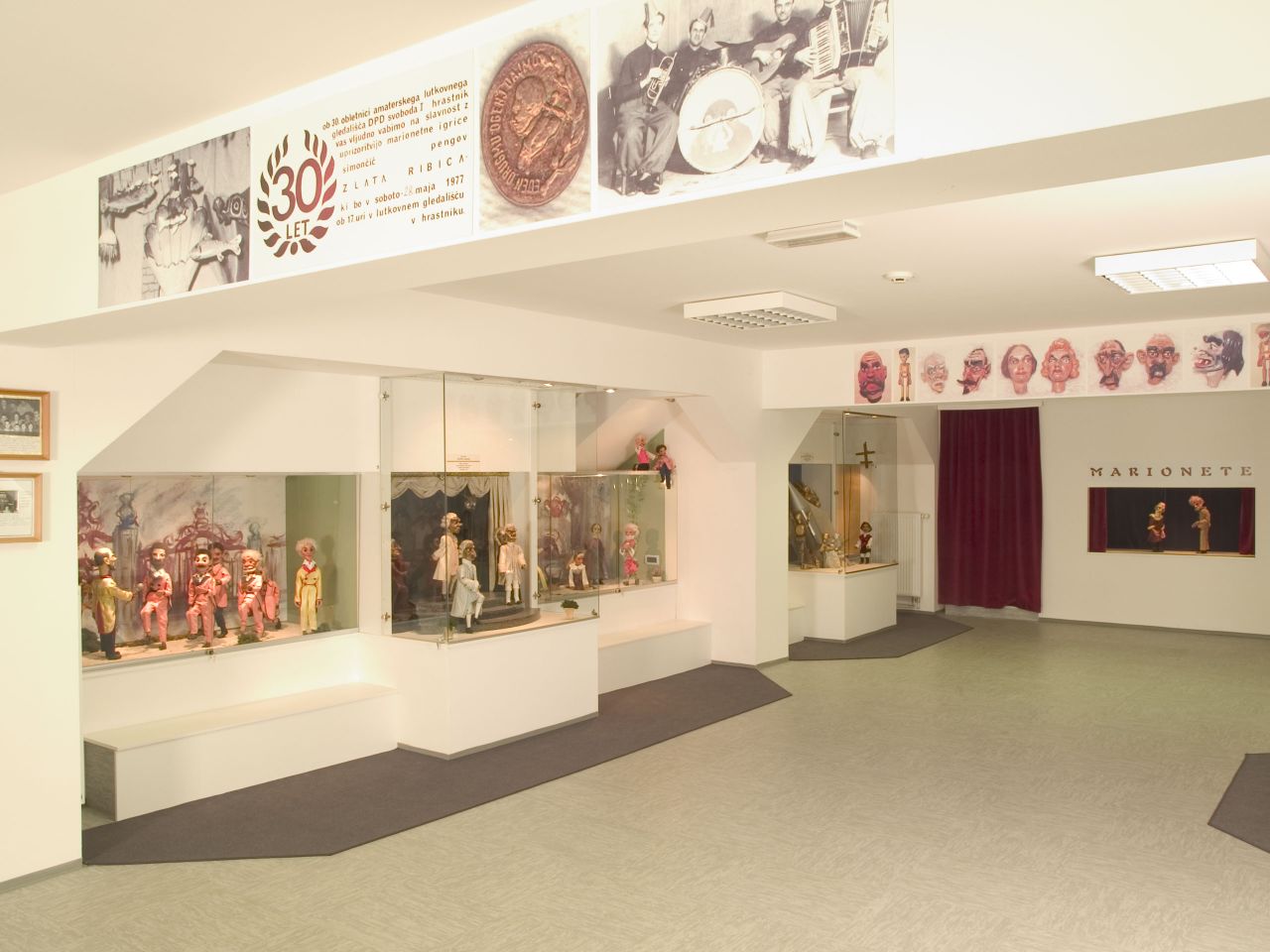 Puppets and Puppeteers Collection at Hrastnik Museum established in 2002 in the museum attic
Puppets and Puppeteers Collection at Hrastnik Museum established in 2002 in the museum attic
See also
External links
Gallery
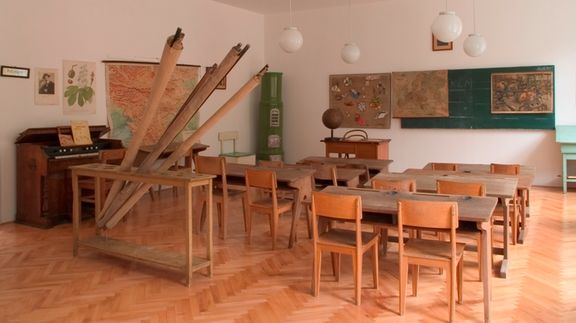
Education collection at Hrastnik Museum, signs along the way, the development of basic education in Zasavje
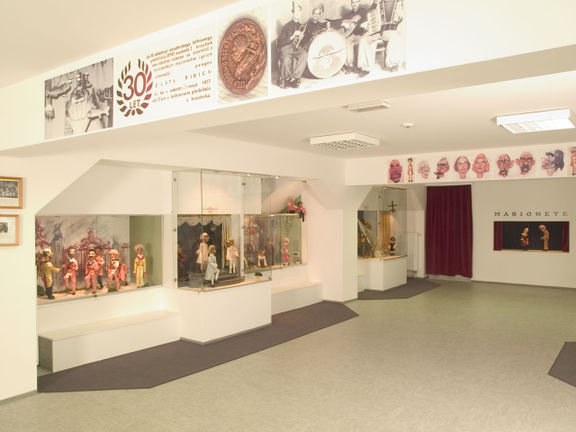
Puppets and Puppeteers Collection at Hrastnik Museum established in 2002 in the museum attic
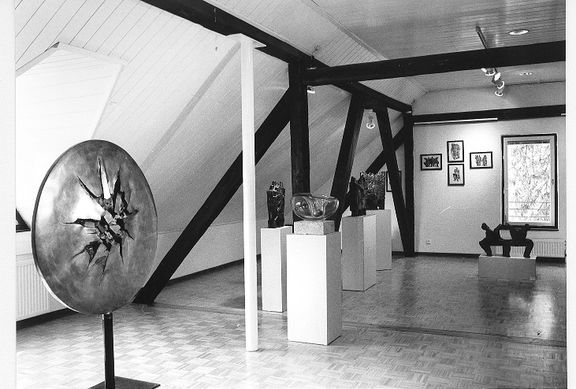
Zasavje Museum, Trbovlje Batič's Salon on the upper floor showing the museum's fine arts collection, mostly of works by sculptor Stojan Batič (b 1925), including his Miners' and Explosion Cycles made between 1959 and 1965
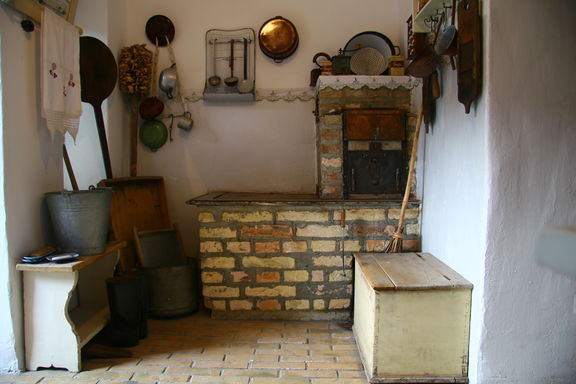
Inside a preserved miners cottage, showing the social situation of miners in the last 100 years, Zasavje Museum, Trbovlje
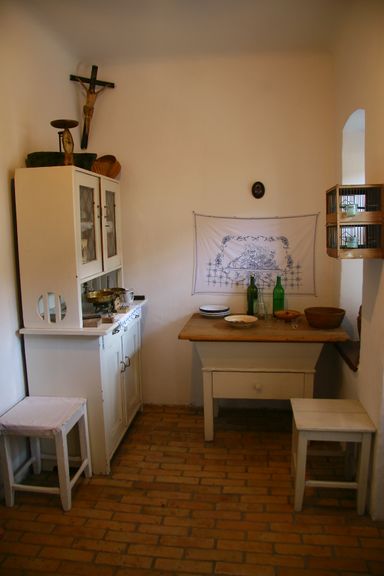
Inside a preserved miners cottage, showing the social situation of miners in the last 100 years, Zasavje Museum, Trbovlje
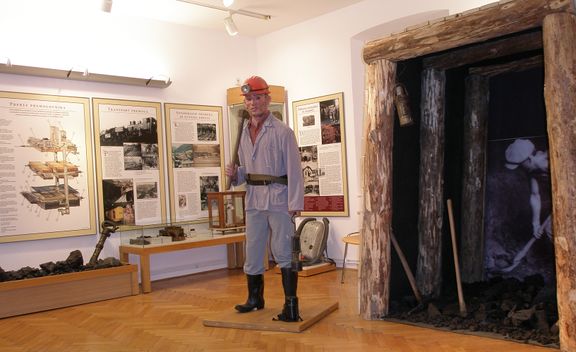
Artifacts from the Black...Happy Valley exhibition (Razstava Srečno...črne doline), Mining collection, Zasavje Museum, Trbovlje commemorating 200 years of mining history in the region
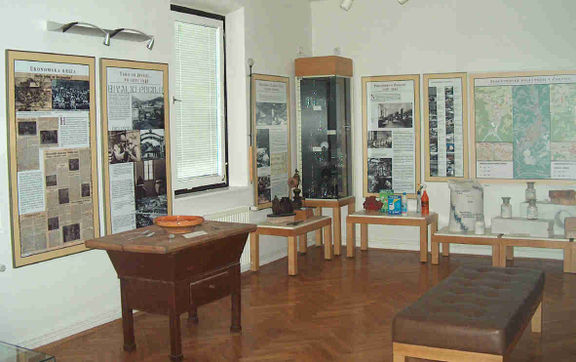
Artifacts from the Industrial collection, Zasavje Museum, Trbovlje, documenting related industry that grew around the core business of mining, such as lime, glass, cement, brick, machining, chemical industry
 Puppets and Puppeteers Collection at Hrastnik Museum established in 2002 in the museum attic
Puppets and Puppeteers Collection at Hrastnik Museum established in 2002 in the museum attic




